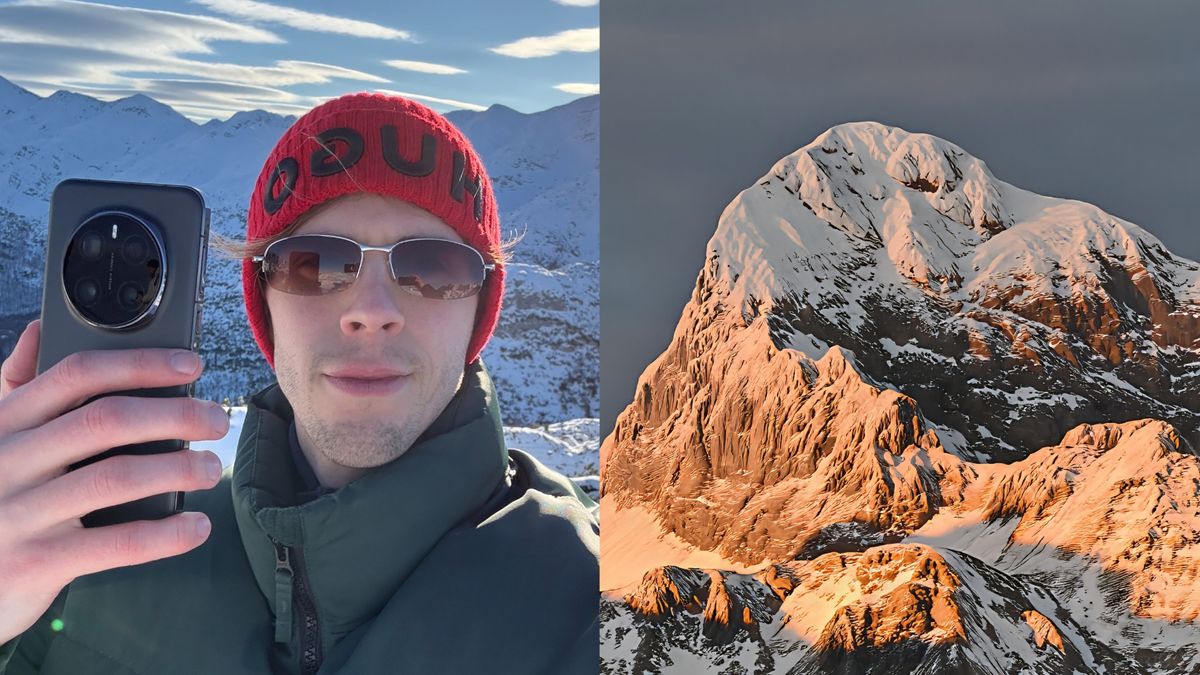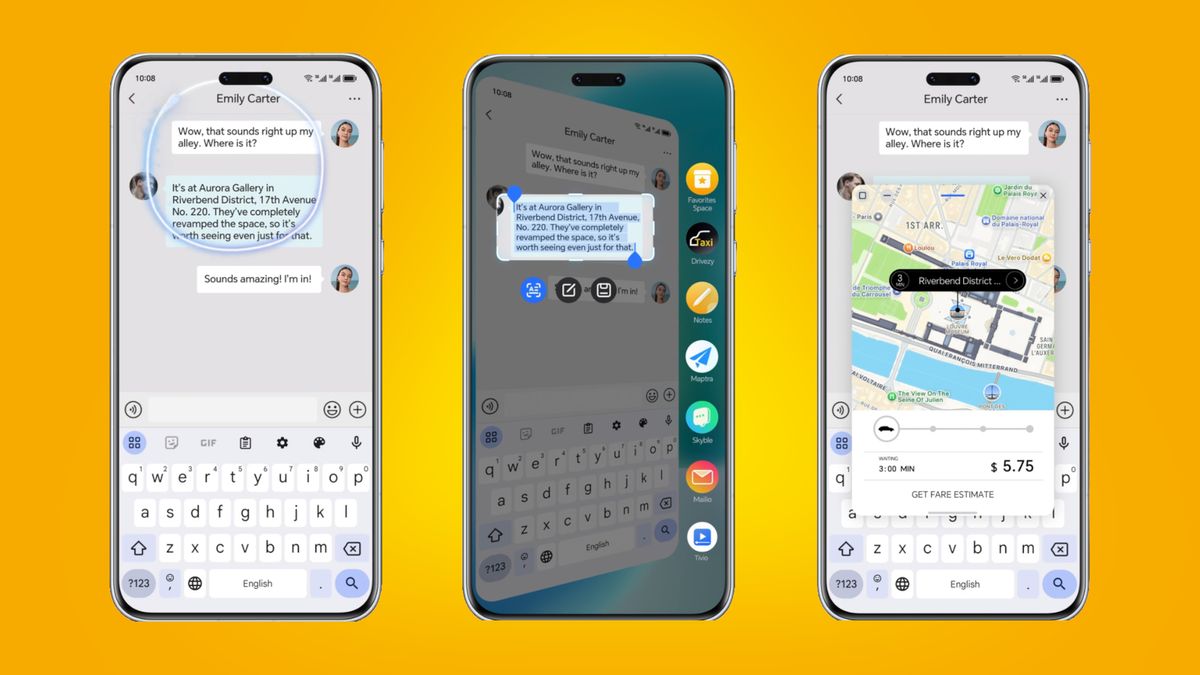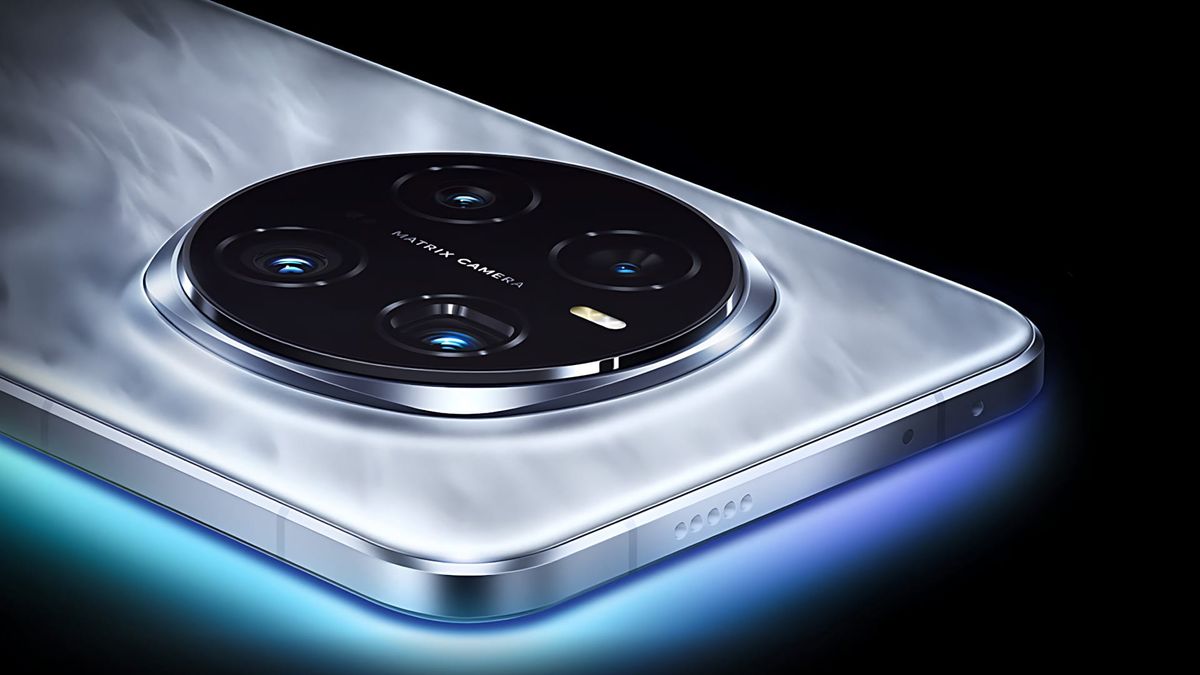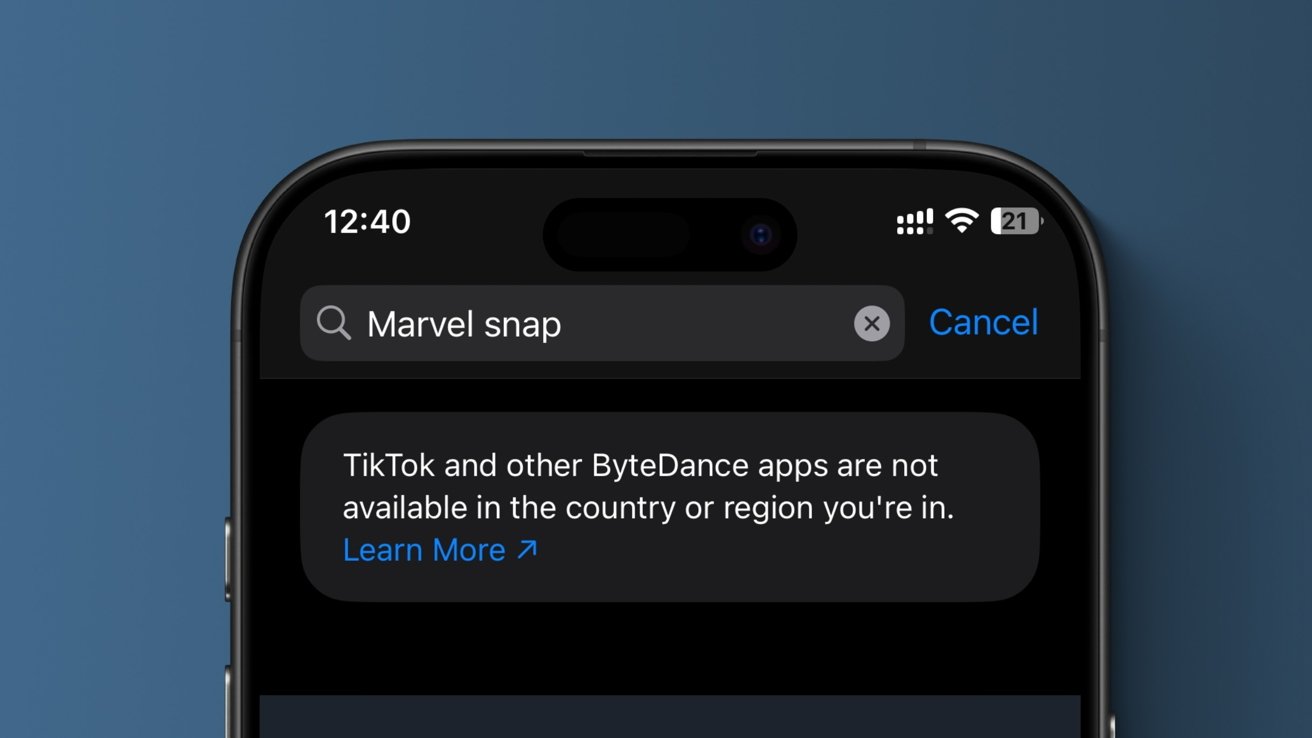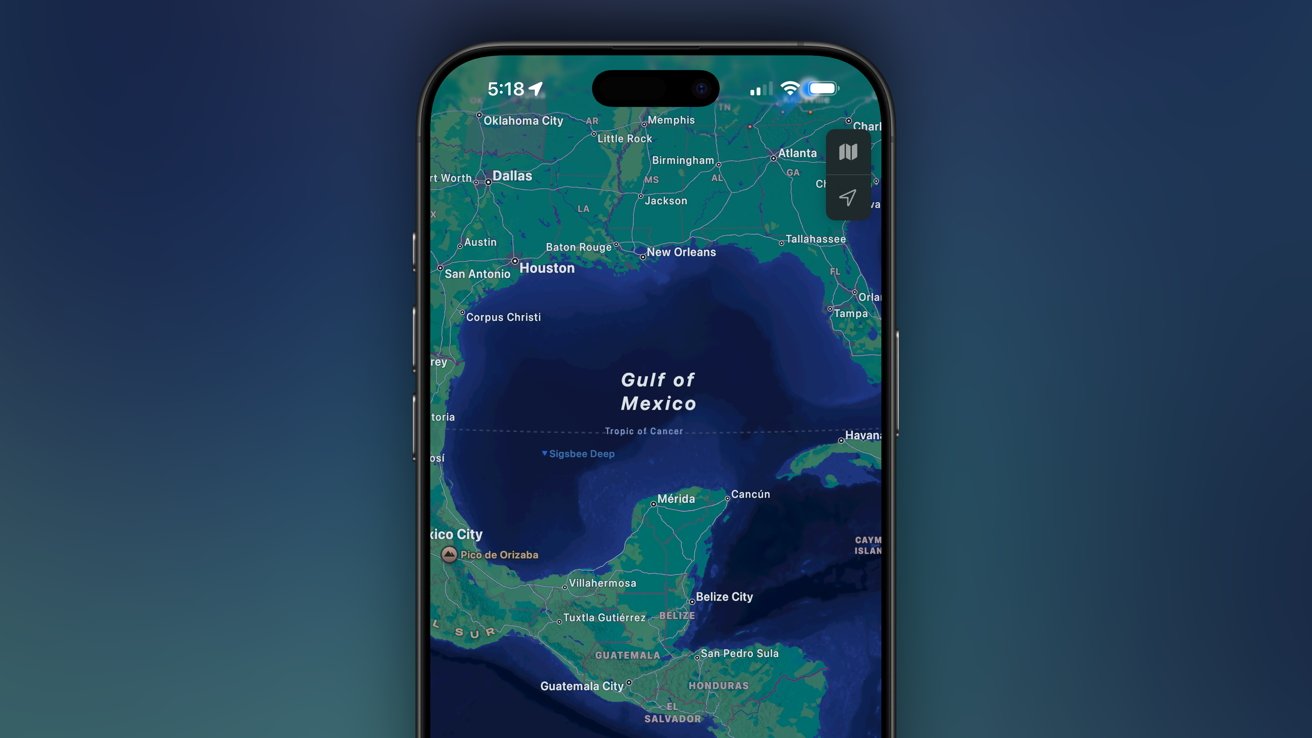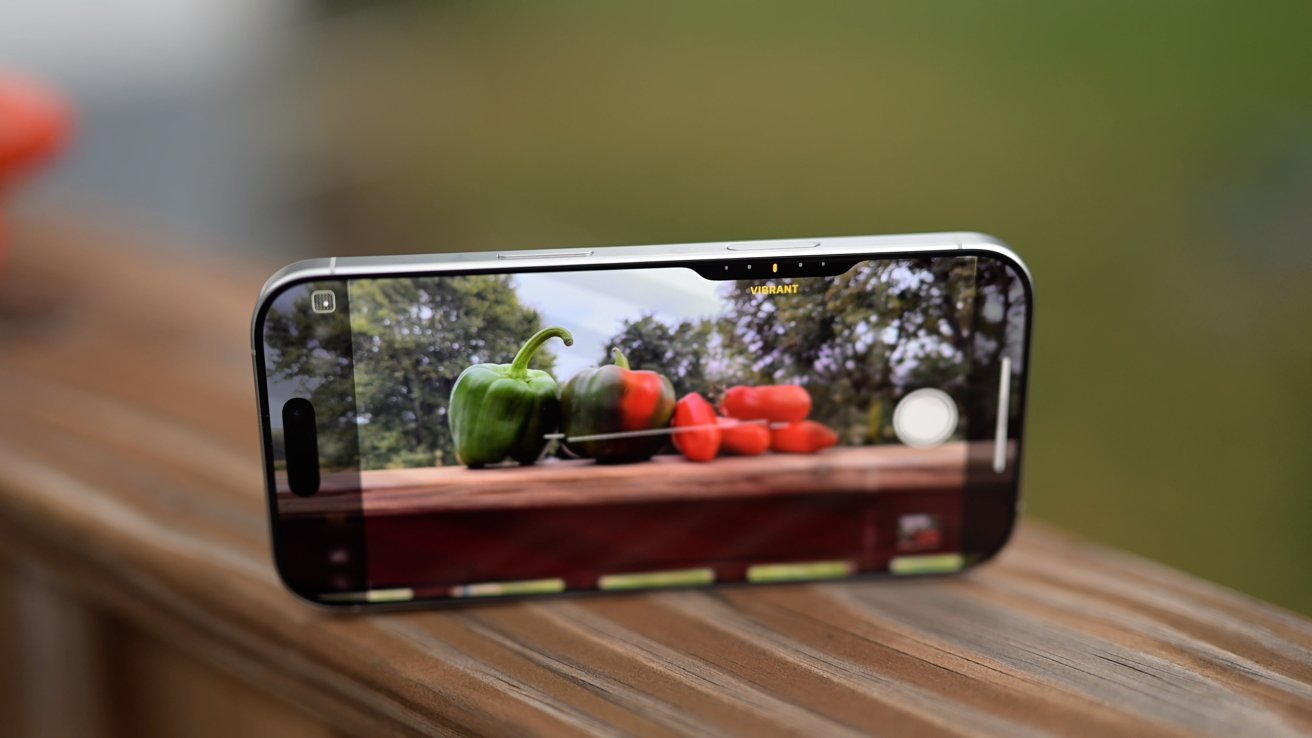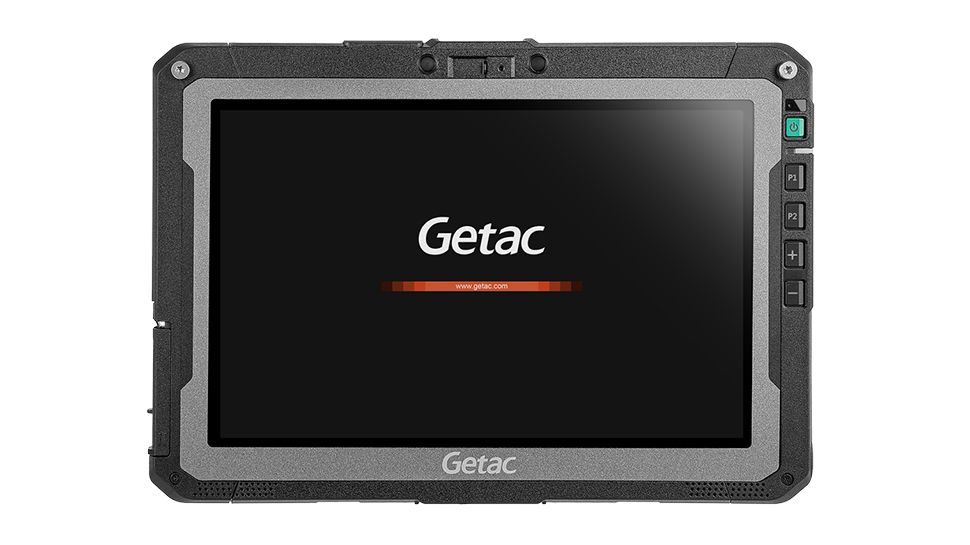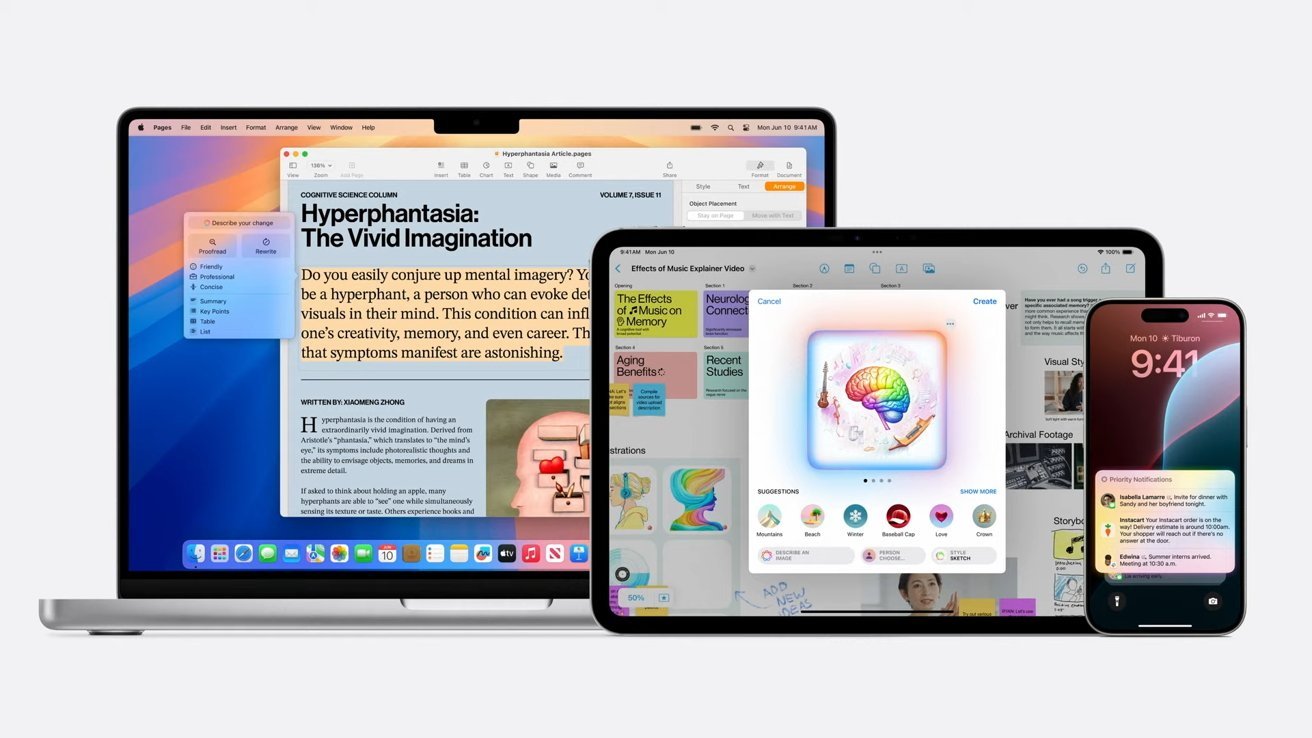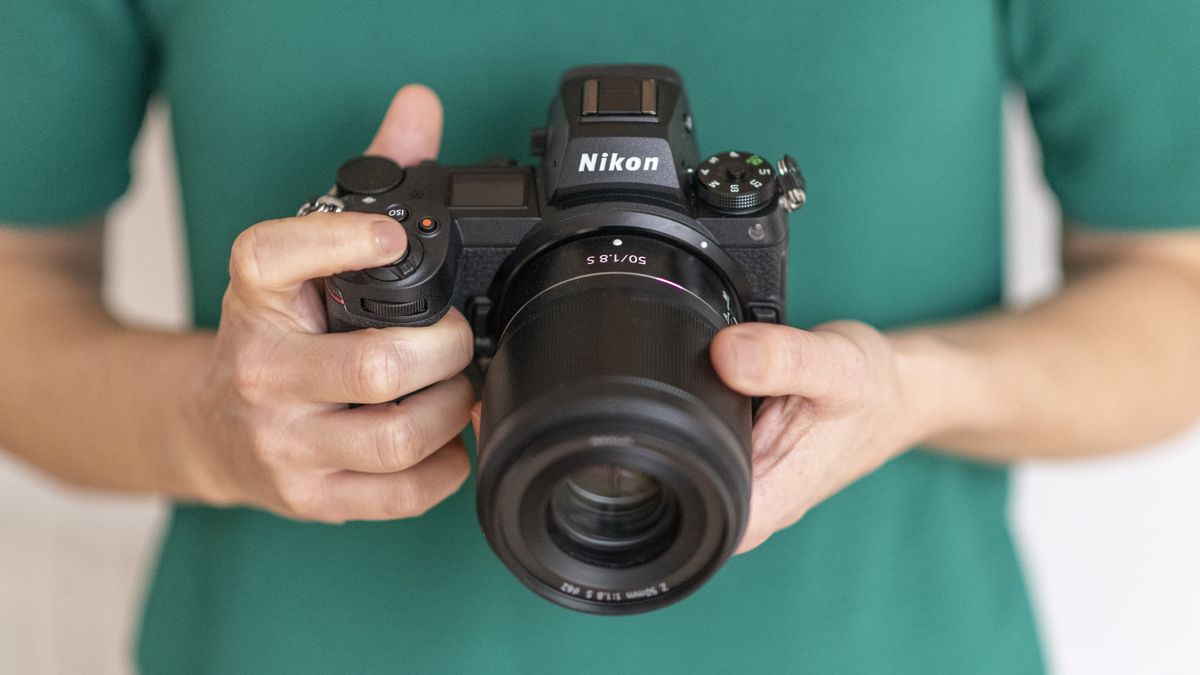I went to the Alps to test Honor’s AI Super Zoom camera and the results are both fascinating and frightening
Share:
AI is pushing the limits of photography. Is that a good thing?. When you purchase through links on our site, we may earn an affiliate commission. Here’s how it works. Depending on who you ask, AI and photography are a match made in heaven or inherently incompatible subjects.
![[Axel holding the Honor Magic 7 Pro on a mountain]](https://cdn.mos.cms.futurecdn.net/ZtEY4PAuj5JFYLswv3Pt36-320-80.jpg)
When used behind the scenes to supplement smartphone hardware, AI can help us better capture the reality of a given scenario (consider Apple’s Smart HDR feature), but more explicit software-based photography features – those that work simply to beautify (read: falsify) images that would otherwise appear mundane – are becoming more powerful with every new smartphone generation.
![[Honor AI Super Zoom examples]](https://vanilla.futurecdn.net/cyclingnews/media/img/missing-image.svg)
Honor is among several mobile brands investing heavily in the potential of AI, and the company's latest flagship smartphone, the Honor Magic 7 Pro, introduces a first-of-its-kind AI tool that occupies a strange new middle ground between enhancement and falsification.
![[Honor Magic 7 Pro being held in the hand]](https://cdn.mos.cms.futurecdn.net/9NzJ657YocfAo5cSDTv7za-320-80.jpg)
AI Super Zoom is a cloud-based feature that promises to capture “crystal-clear images” of “natural and urban architecture landscapes” at extreme distances. The optional tool, which requires an internet connection to function, kicks in at 30x digital zoom and uses generative AI to ‘fill in’ details that can’t be captured by the Magic 7 Pro’s hardware.
![[Axel Metz]](https://vanilla.futurecdn.net/cyclingnews/media/img/missing-image.svg)
The promise, then, is impressive; when your phone’s 200MP 3x telephoto camera isn’t cutting the mustard, simply toggle AI Super Zoom to turn the Magic 7 Pro into a range-defying photography powerhouse. The reality, of course, is a little different.
![[Honor Magic 7 Pro review]](https://vanilla.futurecdn.net/cyclingnews/media/img/missing-image.svg)
